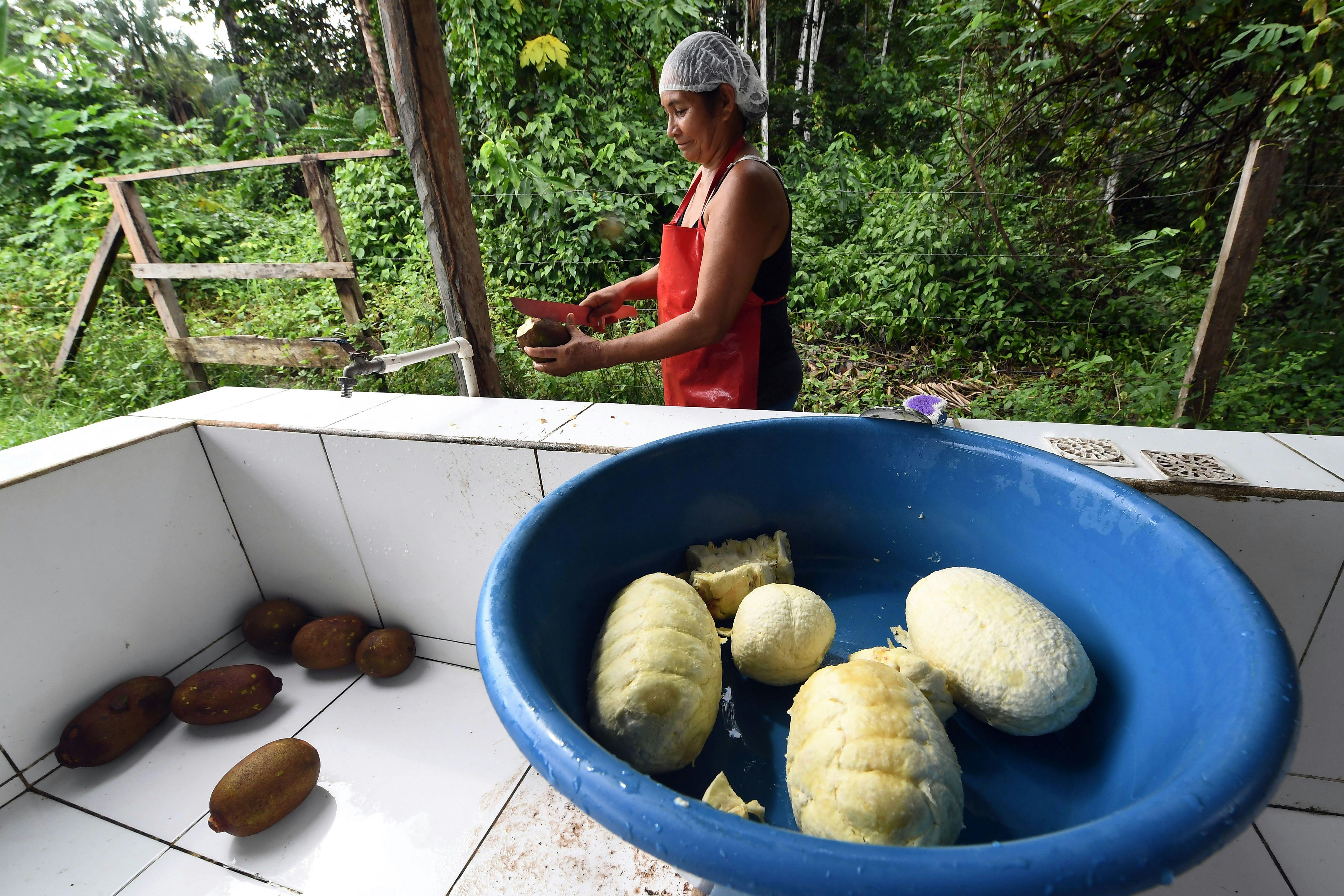|
 The Amana Sustainable Development Reserve in Brazil—an example of a community-based conservation effort with a more equitable, holistic approach (Evaristo Sa/Getty) | |||
| Climate change generates an unusual number of ideas that seem great but actually aren’t. They wind up having disturbing knock-on effects, for example, or offer only a cosmetic fix. Maybe it’s because everyone’s frantically brainstorming to meet the urgent need. Maybe it’s also because the problem is very complicated; if we can’t even foresee how basic economic interventions like interest rates will turn out, surely our solutions are going to bark up the wrong tree sometimes with challenges as multifaceted as greening that economy and stabilizing the natural world. Of course, there are other reasons climate change could be generating so many cosmetically appealing but actually troubling plans. A lot of people don’t want to change their ways and therefore latch on to ineffective quick fixes. The carbon offset market, for example, is a good idea in theory. But because simply “offsetting emissions” is often more appealing than actually cutting them, demand for carbon offsets has quickly outpaced both supply and accountability, PRI’s The World reported in a review of recent research. The New Republic’s Kate Aronoff has previously written about this need for caution when evaluating net-zero pledges that rely on carbon offset or capture. (These terms can mean a lot of different things, from reforestation and regenerative agriculture to carbon dioxide scrubbers, and more.) Pledging to offset emissions is good P.R., but it’s easier said than done. The only carbon capture plant in the country, for example, closed last week: The plant was no longer cost-effective due to collapsing oil prices. We will probably need carbon capture and sequestration to meet necessary targets, so continuing to develop the technology and the means to measure it is important. But “offsets” often function as code for “we’re not going to cut our emissions.” That’s another reason climate change may be stimulating half-baked ideas: Global warming raises profound questions about ways of life many have taken for granted. The solutions they cling to tend to be the ones that restore familiar dynamics. Carbon offsets, Kate noted, do that by shifting responsibility from affluent people, companies, and countries onto developing countries, because they frequently mean paying people in a different country not to use their natural resources the way wealthier countries have.
Olúfẹ́mi O. Táíwò wrote about that this week in a different context: President Biden’s pledge to make climate change a national security priority. Sounds great, right? But “antagonistic security,” Femi wrote, means “protecting one group from others—‘us’ versus ‘them.’ A society that prioritizes this kind of security works to build armed forces, competitive advantages over presumed and imagined rivals, and prisons.” This national-interest model of security has played a huge role in bringing us to the current juncture. The Industrial Revolution, which birthed our present fossil fuel addiction, bought technological and economic advancement with imperialism and violence, he pointed out:
Sticking to this strategy is a recipe for both grave injustice and planetary disaster, since it’s in everyone’s “national interest” to keep burning fossil fuels as long as possible while waiting for someone else to do something. The only useful way forward, Femi concluded, is through a “collaborative” approach to security rather than a competitive or antagonistic one. And that also means addressing the many injustices that antagonistic security has wrought on the way to this unsustainable moment. People hunger for climate solutions, of course. That’s only natural. So it’s worth pointing out that Femi’s piece contains a lot of solutions, including what “collaborative security” might look like. Nick Martin’s piece on Tom Vilsack’s appointment as agriculture secretary has a lot of solutions, too: It starts by imagining an alternate universe in which this week was used to unveil a comprehensive restructuring of American agriculture, prioritizing sustainability and equity. These pieces are all worth a read. On a lighter note, I deeply regret that the Apocalypse Soon newsletter does not currently have an “Unhinged Nature Analogy of the Week” award. If we did, it would go to Tom Friedman trying to explain GameStop by reference to “magic hyenas” and the “circle of life.” | |||
| Advertising  | |||
 | |||
 | |||
| That’s the number of scientists who retired from or quit science-based federal agencies during the Trump administration, according to figures reported by the AP and tabulated by E&E News. | |||
 | |||
 | |||
| Last week, Central Park marked its first snowy owl sighting since 1890. Head over to Earther, where Brian Kahn wrote about the typical habitat and climate change outlook for this “interruptive species.” | |||
 | |||
| Sharks are not in good shape. | |||
 | |||
| How a Young Activist Is Helping Pope Francis Battle Climate Change | |||
| This week’s New Yorker features a fascinating profile of Molly Burhans, a cartographer and environmentalist who became deeply Catholic in college and now has made it her mission to map the assets and influence of the Catholic Church, showing church leadership how these assets could be used for large-scale projects to fight climate change:
David Owen | The New Yorker | |||
| Advertising  | |||
 | |||
| Support Independent, Issue-Driven Journalism | |||
| | |||
| Copyright © 2021, The New Republic, All rights reserved. | |||
